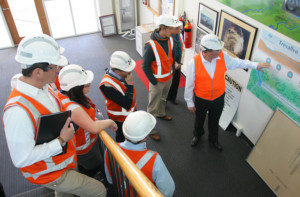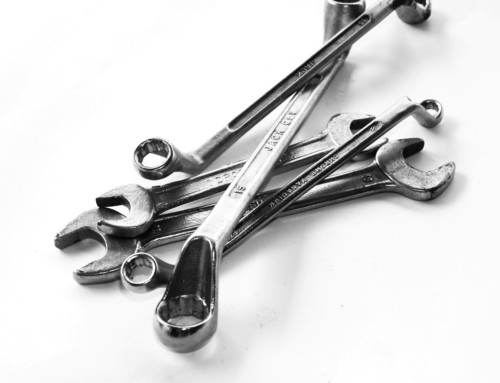The first step to improving the spare parts and storeroom process
 Knowing what the best practices are in a storeroom or spare parts management process is not enough. The best practices need to implemented, and typically it can’t just be implemented right away. The level of resources, the ability of people to change all prevents the immediate implementation. In addition, not every organization will be at the same starting point or want to go to the same level of maturity. This is where an assessment comes in.
Knowing what the best practices are in a storeroom or spare parts management process is not enough. The best practices need to implemented, and typically it can’t just be implemented right away. The level of resources, the ability of people to change all prevents the immediate implementation. In addition, not every organization will be at the same starting point or want to go to the same level of maturity. This is where an assessment comes in.
An assessment is defined as “the evaluation or estimation of the nature, quality, or ability of someone or something”. An assessment enables an organization to evaluate their current practices to known best practices. Once there is an understanding of the gaps, a roadmap can be created to guide the organization through the change. This assessment serves.
The assessment can be conducted by an external assessor, utilizing their own framework and criteria. Or can be developed internally using a combination of the organizations best practices and external benchmarks. The external benchmark can come from professional bodies, such as SMRP and the best practice metrics.
Regardless which approach is selected, be sure the assessment will cover all areas the organization wants to improve and to the level required by the business.
Conducting an Assessment
Once the method of assessment and the criteria have been established, it is time to schedule the assessment. Ideally, the assessment will be a mix of data review, interviews, and observations. The ideal assessor will not be someone who is from the plant. They can be from the same organization, but not the same plant. The reason is that the staff will likely hesitate to share what is actually happening on the site. When an independent assessor is present, the local team will be more likely to share what is truly working and more importantly what is not working.
The time to complete the assessor is not important. What is important is the ability of the assessor to establish a complete and detailed view of the organization and their practices.
Identifying the Most Important Gaps
Once the assessment has been completed, the prioritization of the gaps needs to be completed. Most organizations will not have the resources or time to address all gaps immediately, so the resources must be focused on the most important gaps.
When prioritizing the gaps, it is important to keep in mind the following;
- Foundational elements such as data must be addressed before the the advanced analysis activities
- Quick wins enable buy in and easier change adoption
- The overall goals of the organization should be considered when selecting which gaps to address
- Balance ease of implementation cost and returns when selecting which gaps.
- Is the capability available internally to close the gap
Once all of the gaps have been prioritized, it is now time to begin the hardest part. Implementation of the new practices.
Implementation
The most difficult part of making the transition to a best in class organization is the implementation phase. Change is often one most difficult items any organization faces. Change management is a discipline all on its own, and is beyond the scope of this post. For a crash course in change management, please reference the book ADKAR.
Once a complete change management plan has been built, along with the technical plan which addresses the gaps, can the implementation phase begin.
A few pointers for during the implementation;
- Host regular review meetings against the plan and escalate any issues that arise
- Keep the stakeholders involved
- Celebrate all success
Before you know it, you may be working in a best in class organization.
In closing, if you have made the transition to best in class, please share how you made the transition along with any tips or watch outs.
Remember, to find success, you must first solve the problem, then achieve the implementation of the solution, and finally sustain winning results.
I’m James Kovacevic
Eruditio, LLC
Where Education Meets Application
Follow @EruditioLLC[/fusion_builder_column][/fusion_builder_row][/fusion_builder_container]

